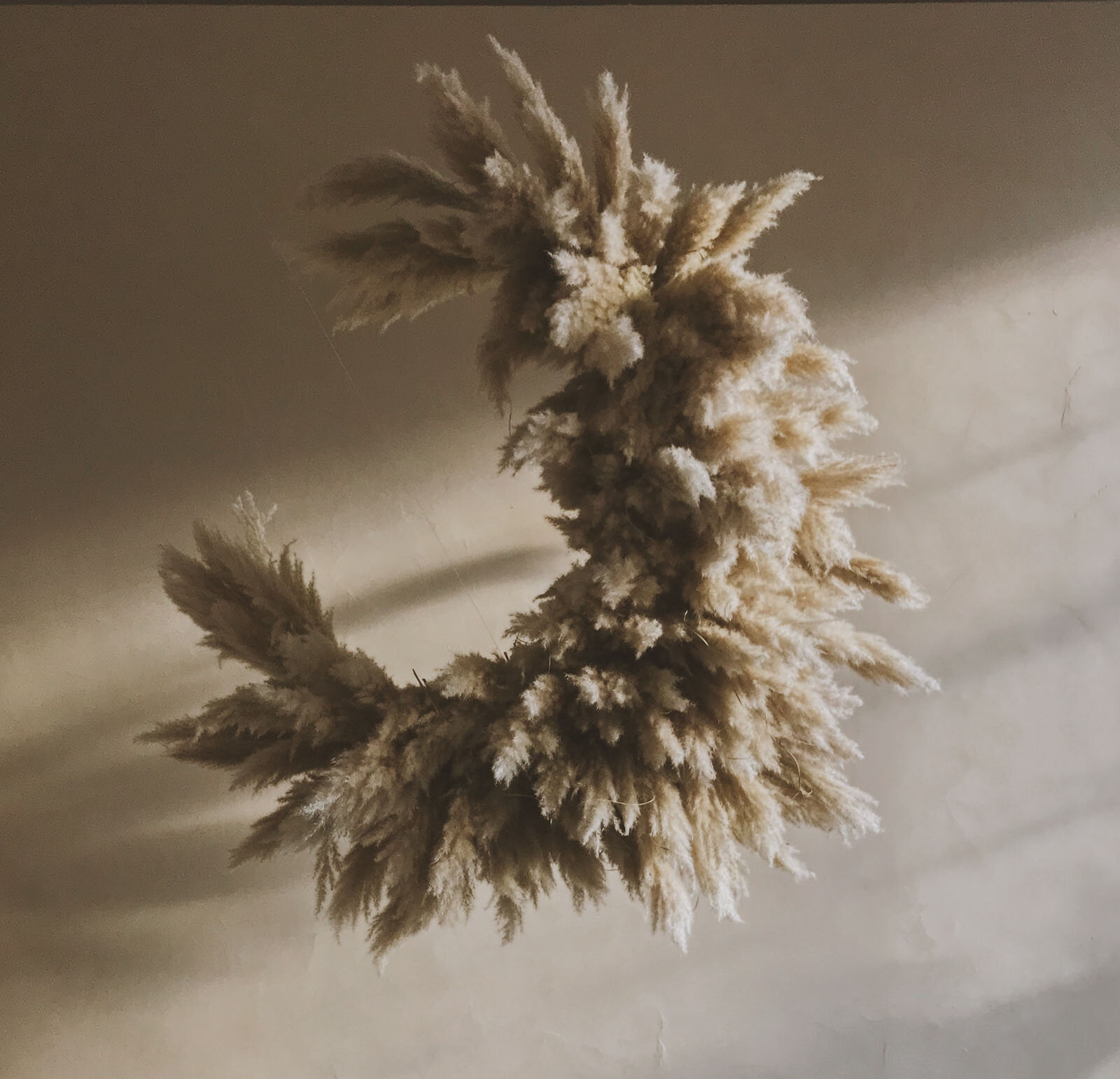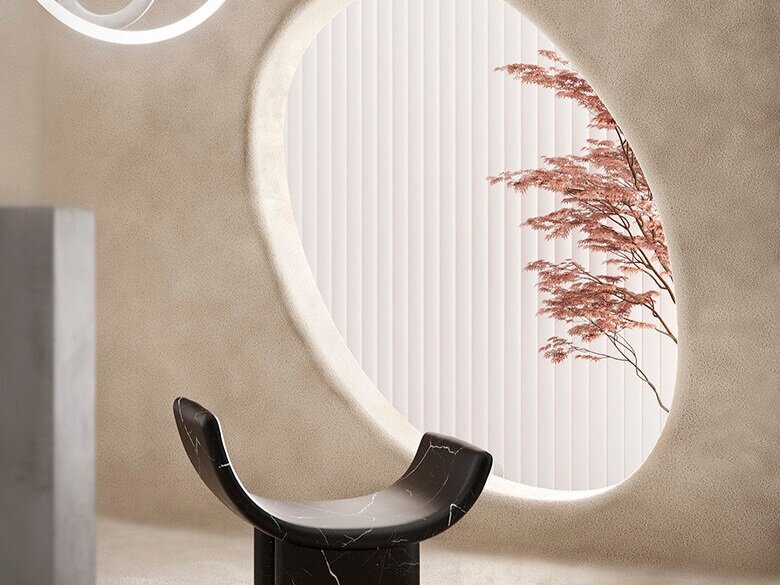The Secret Garden of Ruby Barber’s Studio Mary Lennox
The Secret Garden of Ruby Barber’s Studio Mary Lennox
We Talked With Floral Stylist Ruby Barber on Creating Her Famed, Innovative Designs
Artist:
Ruby Barber
Photography:
Mary Lennox
Words:
Erica Nichols
Everything’s coming up roses for Ruby Barber. Founder of floral studio Mary Lennox, named after the protagonist of Frances Hodgson Burnett’s “The Secret Garden,” Barber has gained profound recognition through her intricate floral styling and set design. From creating the scenography for an Hermès dinner at the Grand Palais in Paris to designing streamlined backdrops for the likes of Chanel and Gucci, Barber’s portfolio is as versatile and imaginative as the florals she selects. For her, each flower has its own story, and every design is a reflection of that story and the innate connection we have to the natural environment around us. Every project is unique, every collaboration an exciting challenge—Barber is an artist whose love for and interest in her field never fades. Here, she delves deep into where that love first emerged and why she believes imperfect stems and petals produce the most beautiful results.
VISUAL PLEASURE Magazine: Which came first—your love for florals or your love for design? Talk to us about how you got started.
Ruby Barber: My parents are contemporary art gallerists, and before that, worked on still life photography and editorial for design and architecture publications. Our house was filled with art and design objects, so my love for beautiful things was instilled at a very early age.
I always had an eye for design, but it took me a while to find a medium I felt really passionate about. I was studying interior architecture when I started going to the flower market... quite playfully at first, picking up flowers for myself and my friends. Through flowers, I found a way to be creative that also felt somewhat anonymous. Flowers are naturally beautiful by design, and my role was simple to curate. Even more captivating was the emotional response people had to flowers. It felt right to be working with a medium that universally made people very happy.
Where do you draw inspiration from? When you are first starting on a new project, what is your creative process like?
Generally, I like to visit new landscapes to be inspired. I like to see the forms, textures, and colors that nature creates organically. The ideas that come from exploring our environment are endless. With each project, I try to respond to the natural environment and what produce is available to me. I always consider the landscape where the project is taking place and the season. Often, I will be responding to a brief, so the next step is to work out how I can marry what is available to what is required.
What do you aim to accomplish with each project?
I am so grateful to have a job that allows me to interact with the natural environment. I can’t imagine living any other way. Each project should be an homage to nature itself. It’s increasingly important to bring every idea back to nature for our troubled planet.
Your projects range from really elaborate, grand floral designs to more minimalistic, singular creations. Do you have a preference toward one or the other? What are some challenges you face when experimenting in both projects?
Ideally, I like variety! Big projects mean big production; the responsibility of this can be a lot for me to take on. I can’t believe the scale of some of the projects Studio Mary Lennox has pulled off. My team is really amazing, and none of this would have been possible without them. It really takes a village. I wouldn’t want to work like this all the time—I really enjoy building small sets for shoots for small products like perfume or jewelry as a relaxing contrast to the large-scale commissions.
How often do you get to create just for yourself? Does that process look different than your commissioned projects?
I try and make time for free collaborative projects. I think it is very important. The first pampas cloud was made just for fun with our friends Laura and Nora from Our Food Stories and this piece inspired a whole year of client-based work!
Talk to us about the choices you make in your work. From selecting color, types of flower, shape, texture..how do you make these decisions?
I’m drawn to imperfections. I look for stems that are bent, petals that are rain-stained, and leaves that have been nibbled at by insects. I try and stay as open as possible, I prefer not to be locked into an idea before I start sourcing. It’s very important for my process to be able to respond to what I find.
You’ve worked with some big names (Chanel, New Yorker, Gucci, etc.)—are these projects more collaborative or do you have more freedom to do what you want?
Most of our clients come to Mary Lennox because they like our perspective. Usually it’s a process of marrying our aesthetic with our clients visual identity. This keeps things interesting and helps us constantly evolve. At the beginning of the year we created the scenography for a dinner at the Grand Palais in Paris for Hermès. This was one of my favorite projects to date. Collaborating with Hermès was a dream come true and working in such a special, historic location was really inspiring. The heritage-listed location had some restrictions, but apart from that we were free to design as we saw fit.
What are your favorite flowers or plants to work with?
At the moment, I’m enjoying working with dry flowers. It’s a nice way to work sustainably in an industry that is insanely wasteful. It also allows me to be more creative with forms and we can create pieces with a longer life span.


















